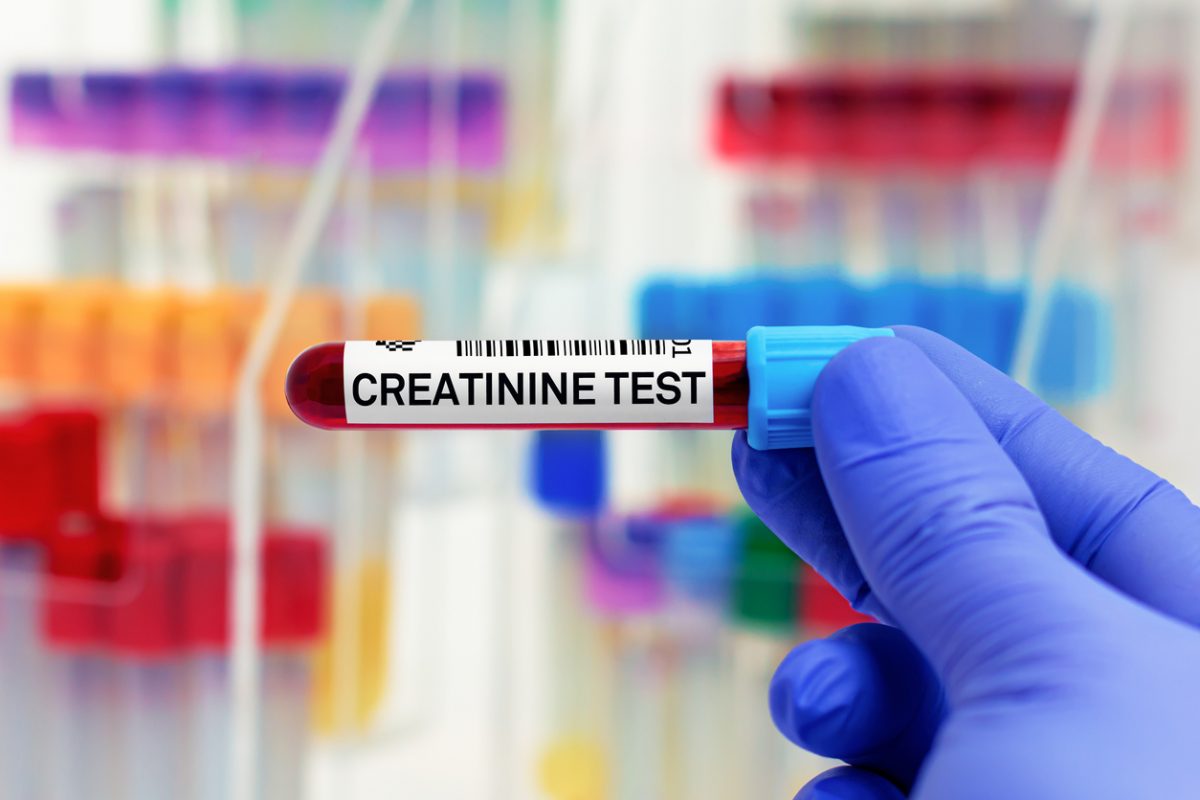

Valproate and Neuroleptic Malignant Syndrome in an Elderly Patient With Schizoaffective Disorder
Neuroleptic malignant syndrome (NMS) is a well-known, potentially lethal complication resulting from antipsychotic drug use. Although NMS is usually associated with the use of typical antipsychotics, there is some evidence that antiepileptics (such as valproate)1,2 and atypical antipsychotics3 may also cause NMS.
Case Report
A man aged > 60 years was readmitted to the hospital for treatment of a squamous cell carcinoma of the mouth. The patient had previously been treated with cytostatic agents with no adverse effects. The patient was diagnosed with schizoaffective disorder, which had been in remission for many years. The patient had regularly attended a psychiatric outpatient unit and had been prescribed oral antipsychotic medications (perphenazine, quetiapine, and aripiprazole). Five days after admission, the patient became restless, disoriented, and unable to remain still. For that reason, valproate 500 mg/d was added to his treatment regimen. Over the next few days, the situation worsened, and he experienced involuntary twisting movements of his hands and had difficulty speaking. Neurologic examinations revealed autonomic instability, symmetric rigidity, and spasticity in the limbs. Laboratory analyses revealed the following values: serum creatine phosphokinase (CPK) of 597 U/L (normal level: 40-280) and C-reactive protein (CRP) of 143 mg/L (normal level: < 10 mg/L). The patient´s body temperature was continuously at approximately 38°C, and he had mild hyponatremia (133 mmol/L, normal range, 137-145 mmol/L). Computer tomography, chest radiography, and cerebral spinal fluid analysis yielded findings within normal limits. No focus of infection was found. Relatives mentioned that the patient’s gait had become hypokinetic after valproate augmentation. On the basis of the clinical findings, NMS was strongly suspected. Given the patient´s impaired level of consciousness and major difficulty in breathing, he was moved to the intensive care unit. Concentrations of antipsychotics confirmed the diagnosis: S-perphenazine was 6.6 nmol/L (reference range, 2-6 nmol/L), S-quetiapine 1,522 nmol/L (reference range, 260-1,300 nmol/L), and S-aripiprazole was 1,081 nmol/L (reference range, 340-1,100 nmol/L). Antipsychotic medication and valproate were withheld and bromocriptine was started. After 12 days, the patient was successfully discharged from the hospital with no symptoms of NMS.
The effects of elevated concentrations of antipsychotics in a patient with NMS and valproate augmentation, to our knowledge, have not been previously reported. Our patient had elevations of both typical and atypical antipsychotic concentrations. Notably, he had been successfully maintained on antipsychotic polypharmacy for years until valproate augmentation seemed to rapidly induce NMS. While our patient met several of the criteria for NMS, his CPK values and body temperature were only moderately elevated. The concentrations of antipsychotics were ascertained soon after the first symptoms appeared, making differential diagnostics easier.
Discussion
Several medications may precipitate or induce NMS. With typical antipsychotics, the primary mechanism is thought to be the blocking of central dopamine receptors, causing an acute reduction in brain dopamine activity.4 However, even atypical antipsychotics with low antidopaminergic activity can induce NMS.3 As carbamazepine, oxcarbazepine, and lamotrigine are also known to be related to NMS,5 it has been postulated that mechanisms other than dopaminergic blockage precipitate NMS.
Valproate is known to inhibit GABA transaminase and activate glutamic acid decarboxylase. In our case, we assume that NMS was induced via both GABAergic and dopaminergic mechanisms. Since valproate is a commonly used medication in psychiatric disorders, it is important to keep in mind the possibility of NMS with valproate augmentation, especially in elderly patients who are often on multiple medications and are at elevated risk for dehydration.
Published online: June 11, 2020.
Potential conflicts of interest: Dr Tiihonen has participated in research projects funded by grants from Janssen-Cilag and Eli Lilly to his employer; has received lecture fees from Eli Lilly, Janssen-Cilag, Lundbeck, and Otsuka; has received consultancy fees from European Medicines Agency, Finnish Medicines Agency, and Lundbeck; and has received grants from the Stanley Foundation and Sigrid Jusélius Foundation. Drs Lindeman and Kolari have no conflicts of interest related to the subject of this report.
Funding/support: None.
Patient consent: Written informed consent was obtained from the patient to publish this case report, and information has been de-identified to protect anonymity.
REFERENCES
1.Verma R, Junewar V, Rathaur BP. An atypical case of neuroleptic malignant syndrome precipitated by valproate. BMJ Case Rep. 2014;2014:bcr2013202578. PubMed CrossRef
2.Yıldırım V, Direk MÇ, G×¼neÅŸ S, et al. Neuroleptic malignant syndrome associated with valproate in an adolescent. Clin Psychopharmacol Neurosci. 2017;15(1):76-78. PubMed CrossRef
3.Ananth J, Parameswaran S, Gunatilake S, et al. Neuroleptic malignant syndrome and atypical antipsychotic drugs. J Clin Psychiatry. 2004;65(4):464-470. PubMed CrossRef
4.Strawn JR, Keck PE Jr, Caroff SN. Neuroleptic malignant syndrome. Am J Psychiatry. 2007;164(6):870-876. PubMed CrossRef
5.Ishioka M, Yasui-Furukori N, Hashimoto K, et al. Neuroleptic malignant syndrome induced by lamotrigine. Clin Neuropharmacol. 2013;36(4):131-132. PubMed CrossRef
aCentral Finland Health Care District, Jyväskylä Central Hospital, Jyväskylä, Finland
bDepartment of Psychiatry, University of Eastern Finland School of Medicine, Kuopio, Finland
cDepartment of Clinical Neuroscience, Karolinska Institutet, Stockholm, Sweden
*Corresponding author: Sari Lindeman, MD, PhD, Department of Psychiatry, University of Eastern Finland School of Medicine, Matarankatu 6B, 40100 Jyväskylä, Finland ([email protected]).
Prim Care Companion CNS Disord 2020;22(3):19l02542
To cite: Lindeman S, Kolari T, Tiihonen J. Valproate and neuroleptic malignant syndrome in an elderly patient with schizoaffective disorder. Prim Care Companion CNS Disord. 2020;22(3):19l02542.
To share: https://doi.org/10.4088/PCC.19l02542
© Copyright 2020 Physicians Postgraduate Press, Inc.
Please sign in or purchase this PDF for $40.00.


